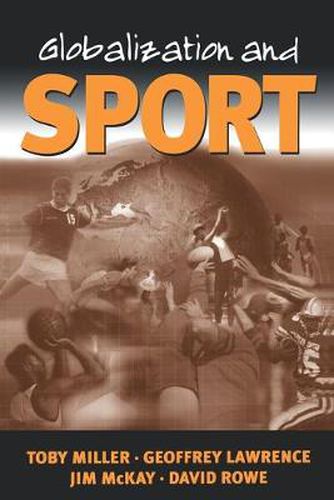Readings Newsletter
Become a Readings Member to make your shopping experience even easier.
Sign in or sign up for free!
You’re not far away from qualifying for FREE standard shipping within Australia
You’ve qualified for FREE standard shipping within Australia
The cart is loading…






Sport is the most universal feature of popular culture. It crosses language barriers and slices through national boundaries, attracting both spectators and participants, to a common lingua franca of passions, obsessions and desires. This book brings to light the connections between sport and culture. It argues that although sport is obviously a source of pleasure, it is also part of the government of everyday life. The creation of a sporting calendar, movements of rational recreation and the development of physical education in the public sector, are read as ways of disciplining and shaping urban-industrial populations. In addition, sport is examined as a principal front of globalization. The sports process draws together dispersed communities and generates economic wealth. The book demonstrates how commodification, bureaucratization and ideology are fundamental to the organization of sporting cultures.
$9.00 standard shipping within Australia
FREE standard shipping within Australia for orders over $100.00
Express & International shipping calculated at checkout
Stock availability can be subject to change without notice. We recommend calling the shop or contacting our online team to check availability of low stock items. Please see our Shopping Online page for more details.
Sport is the most universal feature of popular culture. It crosses language barriers and slices through national boundaries, attracting both spectators and participants, to a common lingua franca of passions, obsessions and desires. This book brings to light the connections between sport and culture. It argues that although sport is obviously a source of pleasure, it is also part of the government of everyday life. The creation of a sporting calendar, movements of rational recreation and the development of physical education in the public sector, are read as ways of disciplining and shaping urban-industrial populations. In addition, sport is examined as a principal front of globalization. The sports process draws together dispersed communities and generates economic wealth. The book demonstrates how commodification, bureaucratization and ideology are fundamental to the organization of sporting cultures.